Reviewed by Corey Noles
Picture this: You're lining up that perfect 3x zoom shot of your kid's soccer goal, but the image comes out softer than you'd expect from a $1,300 flagship. Sound familiar? If you've been holding onto hope that Samsung would eventually upgrade that aging 10MP telephoto camera, your patience might finally pay off with the Galaxy S26 Ultra.
What you need to know: • Samsung's 3x telephoto camera hasn't seen an upgrade since 2021's Galaxy S21 Ultra—a four-year stretch of stagnation • The Galaxy S26 Ultra will reportedly bump that sensor to 12MP for noticeably sharper zoom shots • This represents one of the longest camera stagnation periods in flagship phone history while competitors steadily advanced • The upgrade comes alongside a complete camera housing redesign and faster charging speeds exceeding 45W • Early 2026 launch timing positions this as Samsung's answer to mounting pressure from Apple and Chinese rivals
While Samsung has been busy cramming 200MP sensors into its main cameras and adding satellite connectivity, that 3x zoom lens has been sitting in tech time-out since 2021. But according to multiple industry sources, Samsung's finally ready to give its mid-range zoom the attention it deserves—and the competitive timing couldn't be more critical.
Why Samsung's 3x zoom camera became the forgotten stepchild
Here's the kicker: Samsung has been using that same 10MP sensor for the past three years while competitors like Google moved to larger telephoto sensors in 2022 and Apple introduced advanced computational zoom processing. The company kept the 12MP ultrawide camera for five years before finally addressing it, revealing a pattern of letting "good enough" cameras overstay their welcome in flagship devices.
The current Galaxy S25 Ultra packs a 10MP telephoto sensor with 3x optical zoom, using Sony's IMX754 with a relatively small 1/3.52" sensor size. When you push into digital zoom territory beyond 3x, mathematical limitations become painfully obvious—2× digital zoom from this sensor leaves you with just 2.5MP of effective resolution for that 6x shot.
Samsung's engineering focus has been elsewhere: perfecting that impressive 200MP main sensor and the genuinely excellent 50MP periscope camera with 5x zoom. But ask any photographer who's actually field-tested these phones, and they'll tell you the 3x range is the everyday workhorse—perfect for portraits at family gatherings, isolating subjects in street photography, and capturing those spontaneous moments when stepping closer isn't an option.
What makes the 12MP upgrade actually matter beyond megapixel marketing
The Galaxy S26 Ultra's new 12MP 3x telephoto promises more than just a spec sheet improvement. For portrait photography, this means sharper background separation at 3x with better edge detection around subjects. Street photographers will notice improved detail retention when cropping into scenes, while parents chasing kids at sporting events should see dramatically cleaner results when pushing to 4x or 5x digital zoom ranges.
The timing aligns with Samsung's broader camera philosophy evolution. The S26 Ultra will reportedly feature an improved front-facing camera, a newer lens on its primary 200MP setup, and a new laser AF sensor for faster, more reliable focusing across the entire camera system. This suggests Samsung is finally treating cameras as an integrated system rather than individual components.
The real game-changer lies in computational processing. The next-gen ProVisual Engine powered by the Snapdragon 8 Elite Gen 2 should bring AI-enhanced image stacking, improved night mode performance, and better HDR processing specifically for zoom photography. When you combine a higher-resolution sensor with Samsung's most advanced image processing yet, you're looking at results that could finally challenge Google's computational photography leadership.
The design philosophy shift that goes beyond camera bumps
Samsung is also addressing a persistent design complaint with the S26 Ultra. Those controversial camera rings that looked "glued to the back" are getting eliminated in favor of a cleaner P-shaped quad-camera array that sits more naturally within the titanium rear panel.
This design evolution reflects Samsung's broader engineering challenge: fitting larger camera sensors and more advanced optics into a thinner profile. The S26 Ultra is expected to measure under 8mm thick compared to the S25 Ultra's 8.2mm profile, while accommodating improved cameras and potentially the same 5,000mAh battery capacity. The integrated camera housing isn't just about aesthetics—it's about creating better weight distribution and reducing the table wobble that has plagued recent Ultra models.
What's particularly impressive is how Samsung managed to achieve these improvements while maintaining the phone's signature features: the S Pen digitizer remains fully functional despite the slimmer chassis, and the IP68 rating for water resistance stays intact. This kind of engineering constraint often forces compromises, but early reports suggest Samsung found solutions that enhance rather than diminish the user experience.
Where Samsung's camera strategy heads next in an AI-first world
The 3x telephoto upgrade signals Samsung's recognition that every camera in a flagship array must justify its presence in 2026. With Google's Pixel series pushing computational photography boundaries and Chinese manufacturers like Xiaomi introducing variable aperture systems across multiple lenses, Samsung couldn't afford to let any component lag behind while competitors advanced.
Looking ahead, the Galaxy S26 Ultra will maintain its 200MP main sensor, 50MP ultrawide, and 50MP 5x periscope setup—creating a well-balanced configuration that covers everything from landscapes to extreme zoom without obvious weak points. The real question isn't whether Samsung can build exceptional cameras (they've proven that capability), but whether they'll commit to keeping every lens current with regular sensor refreshes rather than letting some stagnate while others receive all the attention.
More intriguingly, this camera refresh positions Samsung for the AI photography arms race. As computational photography becomes increasingly sophisticated, having more pixel data from every lens—including that previously neglected 3x telephoto—gives Samsung's algorithms more raw material to work with. The ProVisual Engine can now apply the same AI enhancements across four genuinely capable sensors rather than working around one outdated component.
The S26 Ultra should arrive in early 2026, likely at a January Unpacked event following Samsung's traditional timeline. If these camera upgrades deliver on their promise, Samsung's next Ultra might finally achieve that elusive "no compromises" positioning—at least until the next round of competitive pressure forces another component refresh. The real test will be whether Samsung learned enough from this four-year oversight to avoid repeating it with future generations.




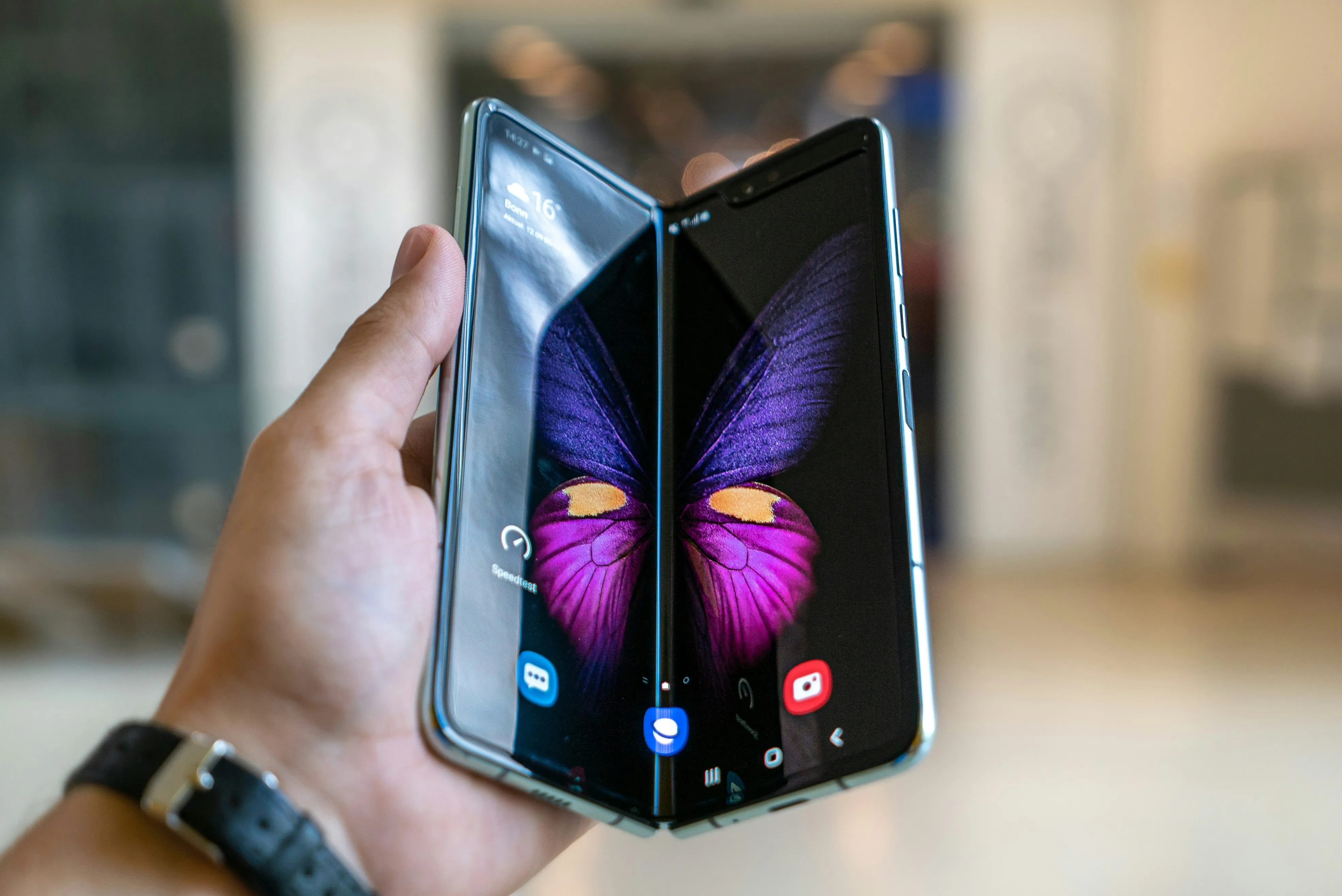
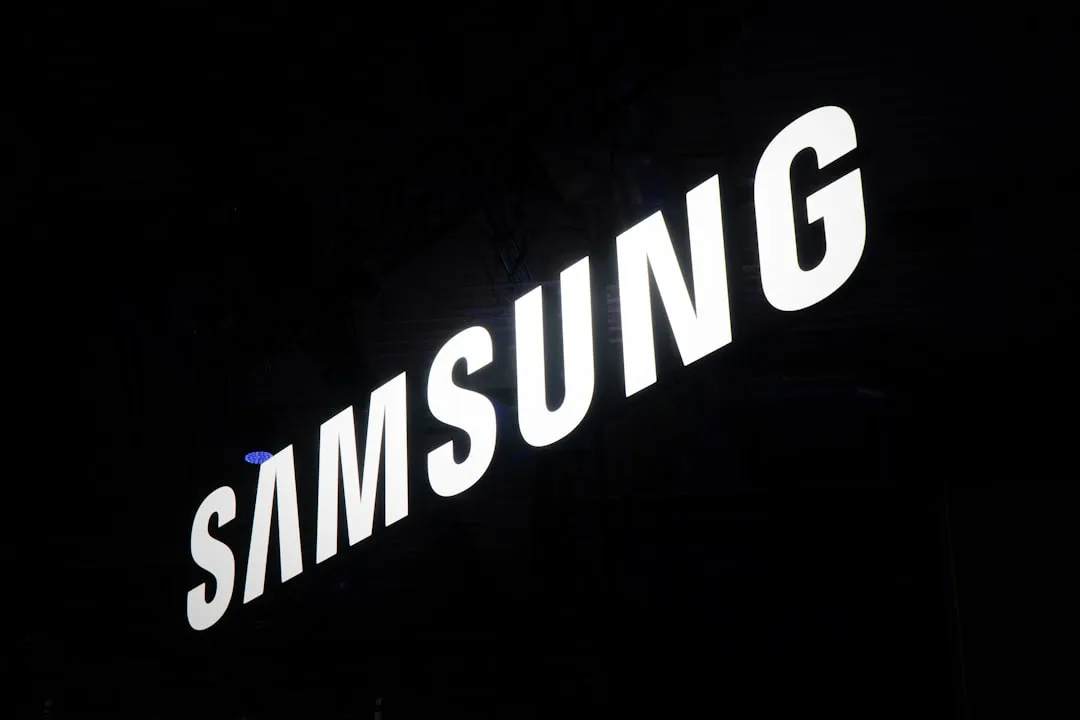
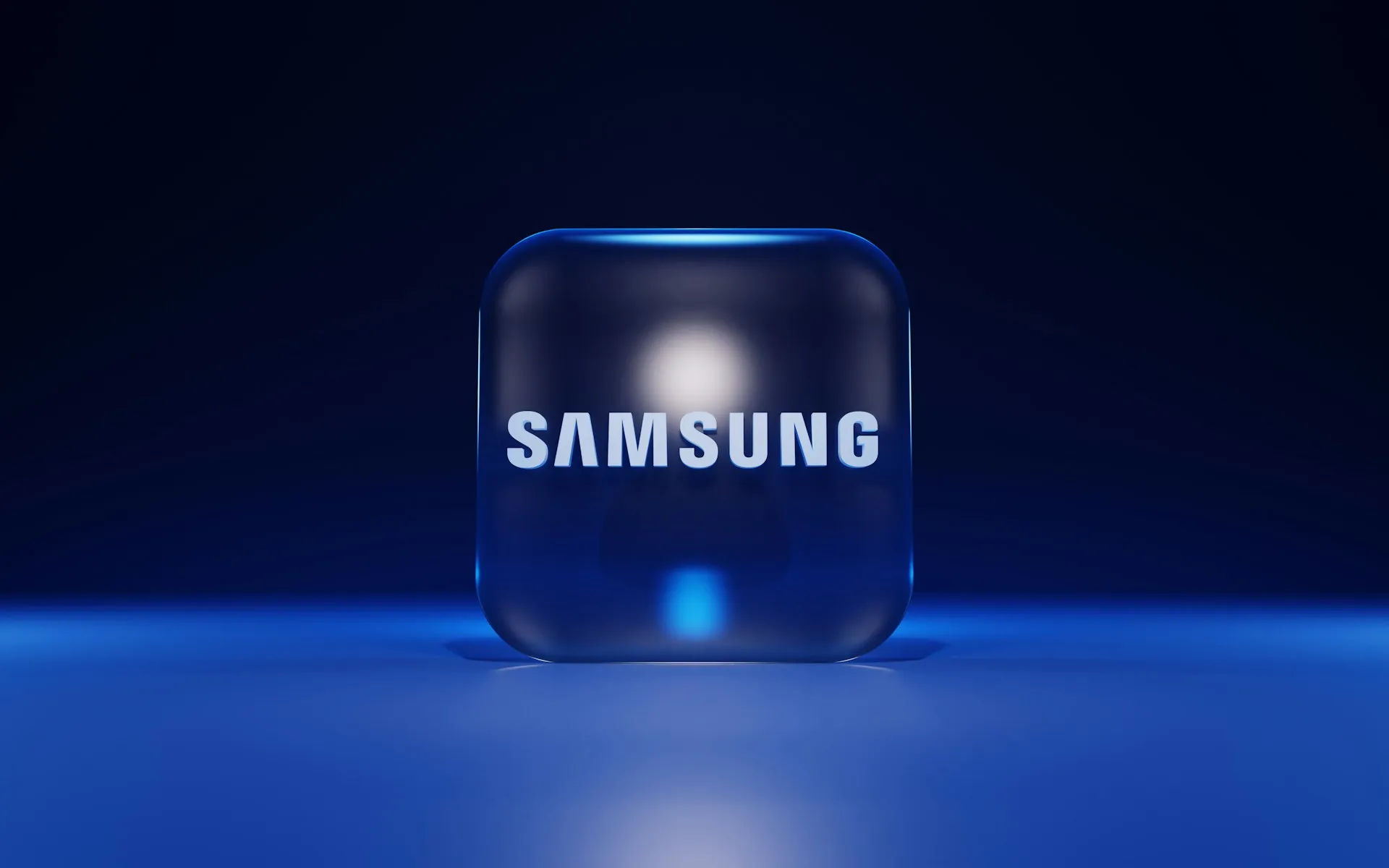
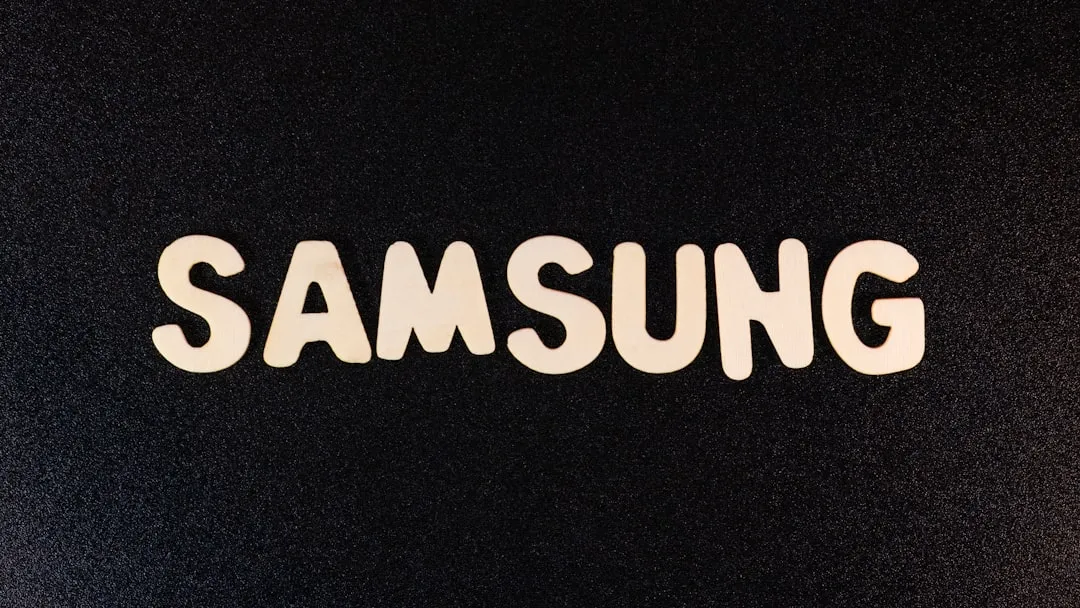
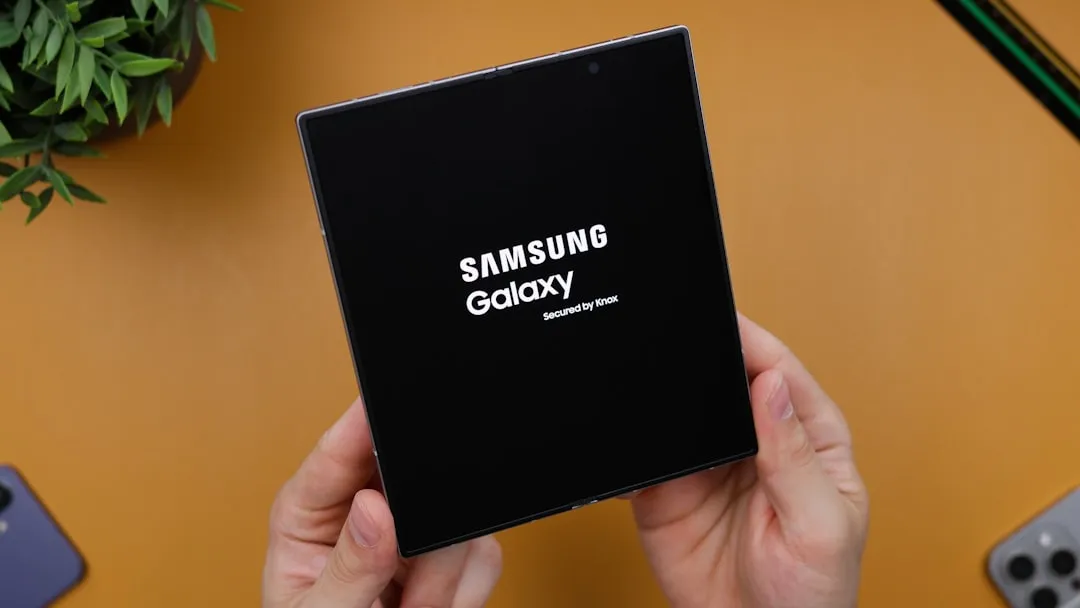
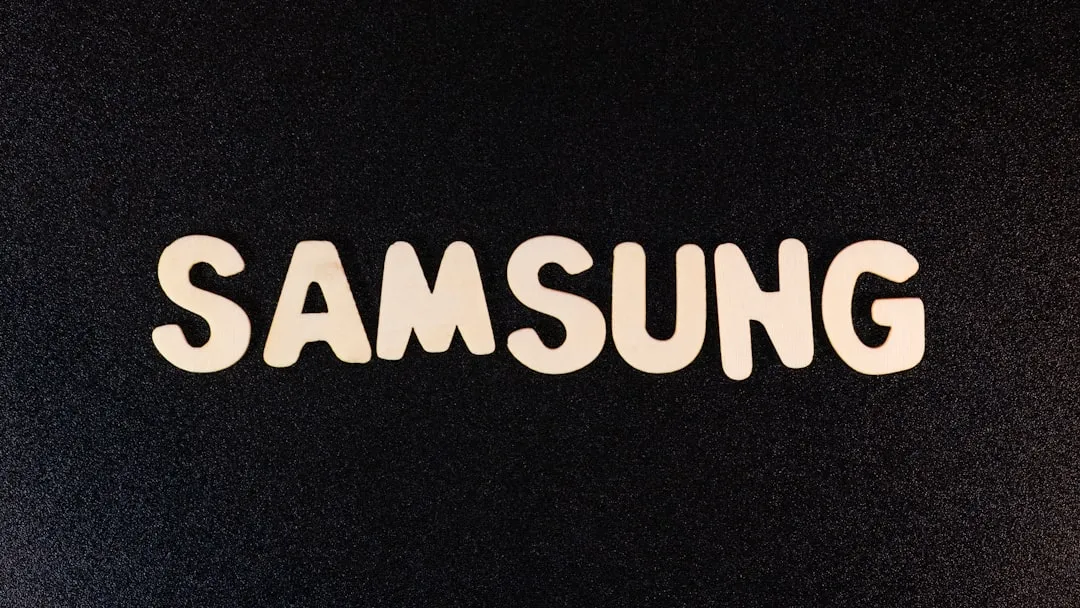
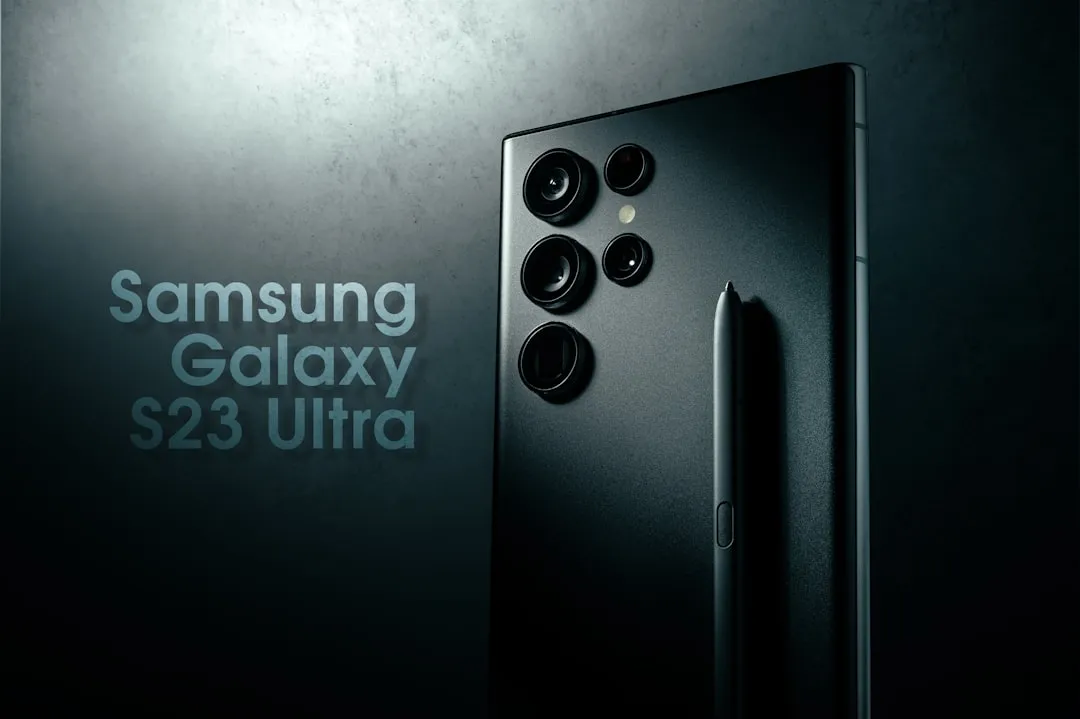




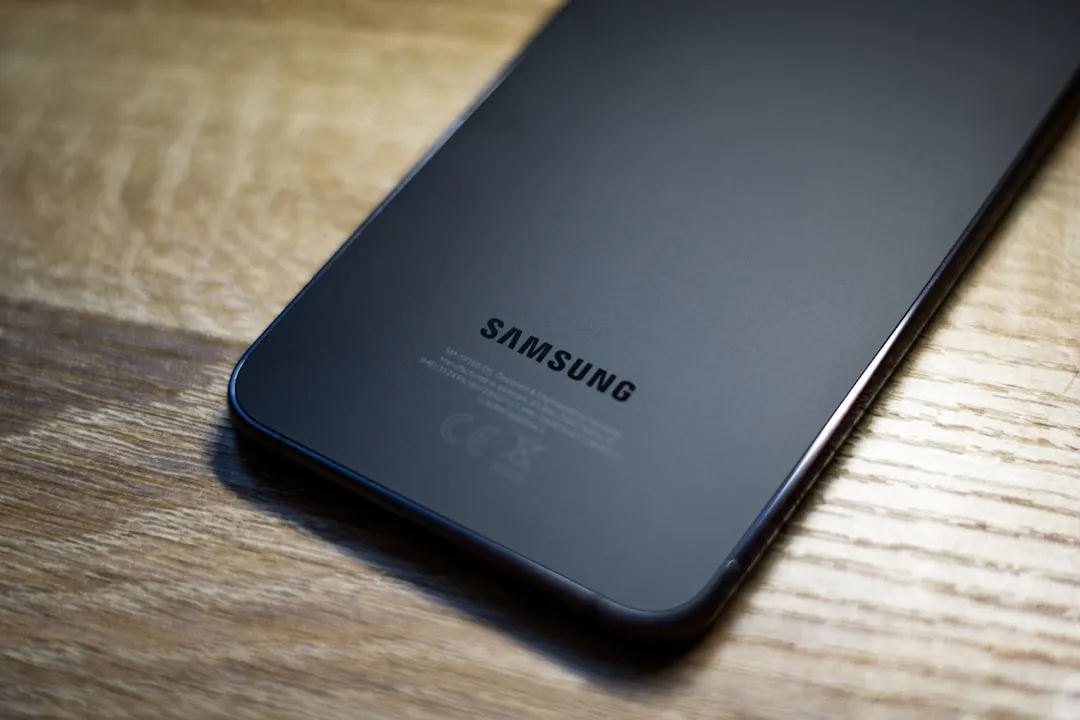
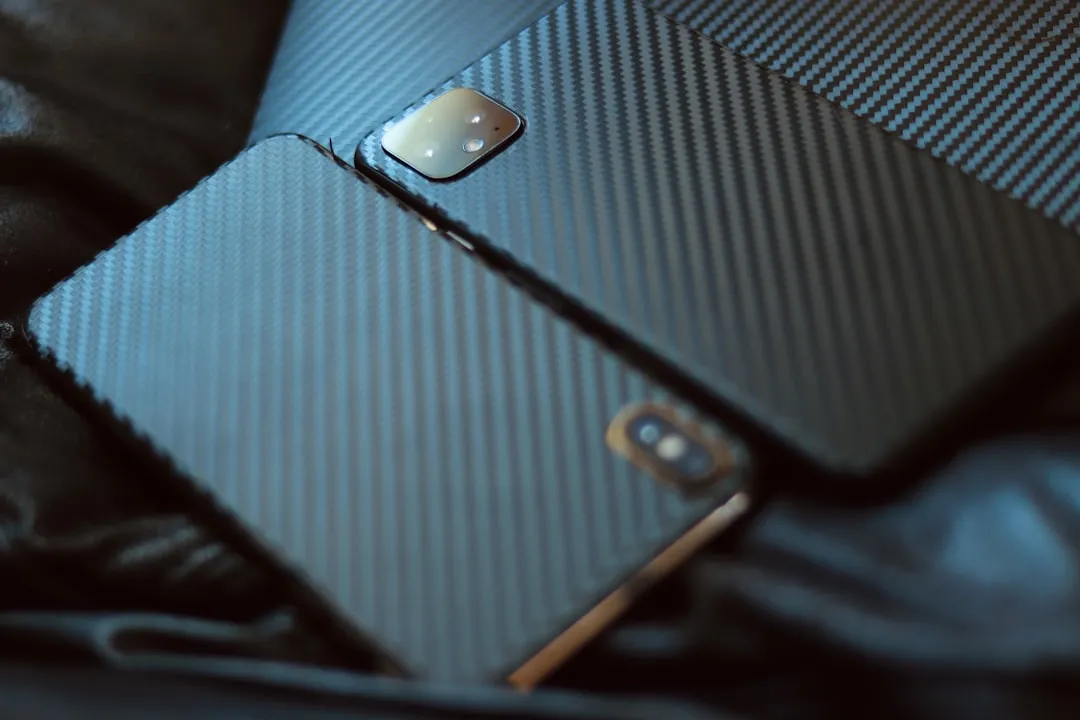
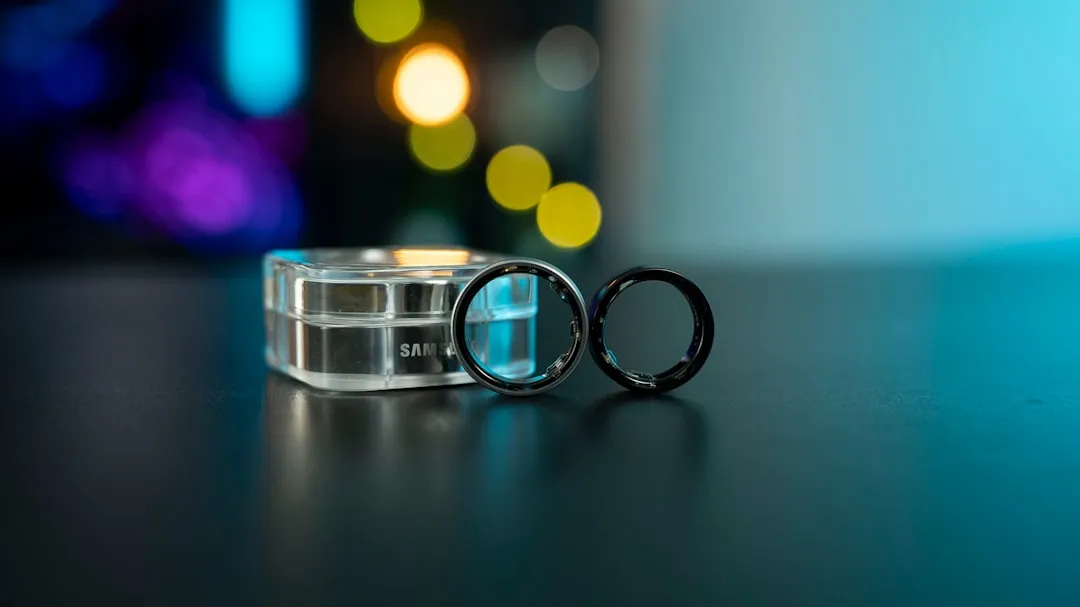

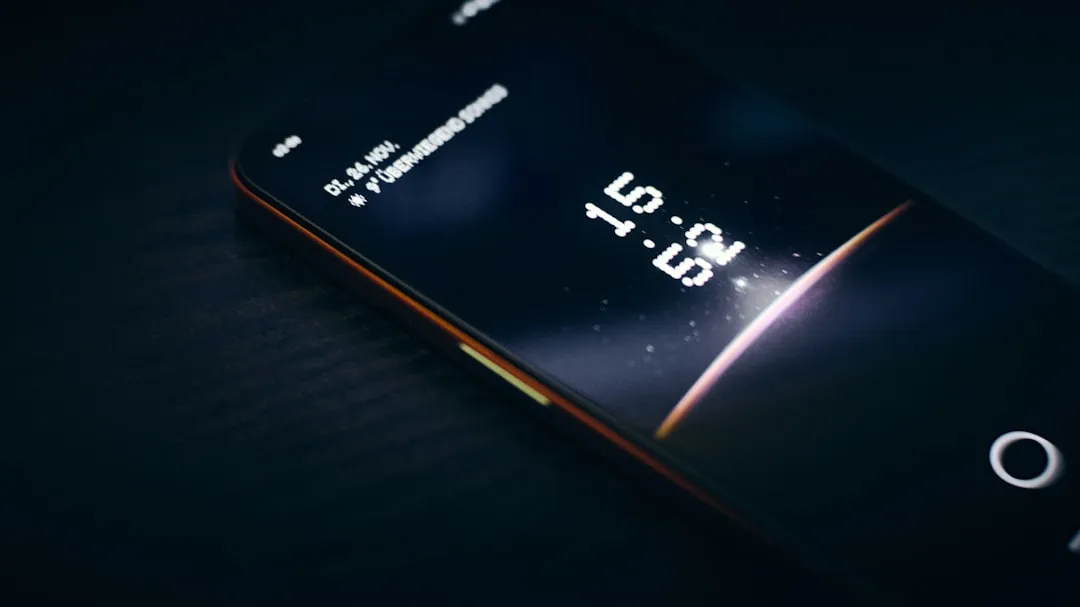
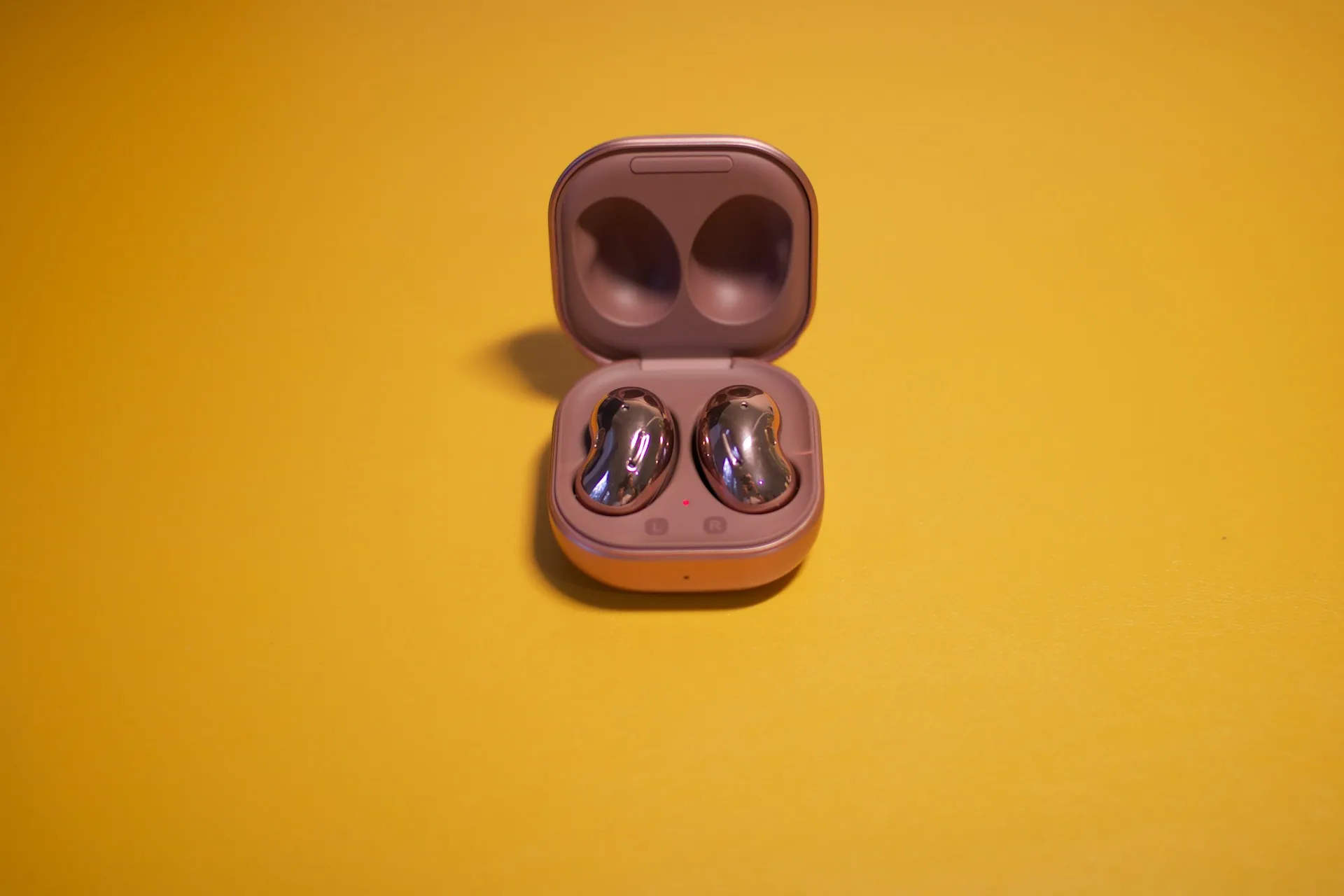
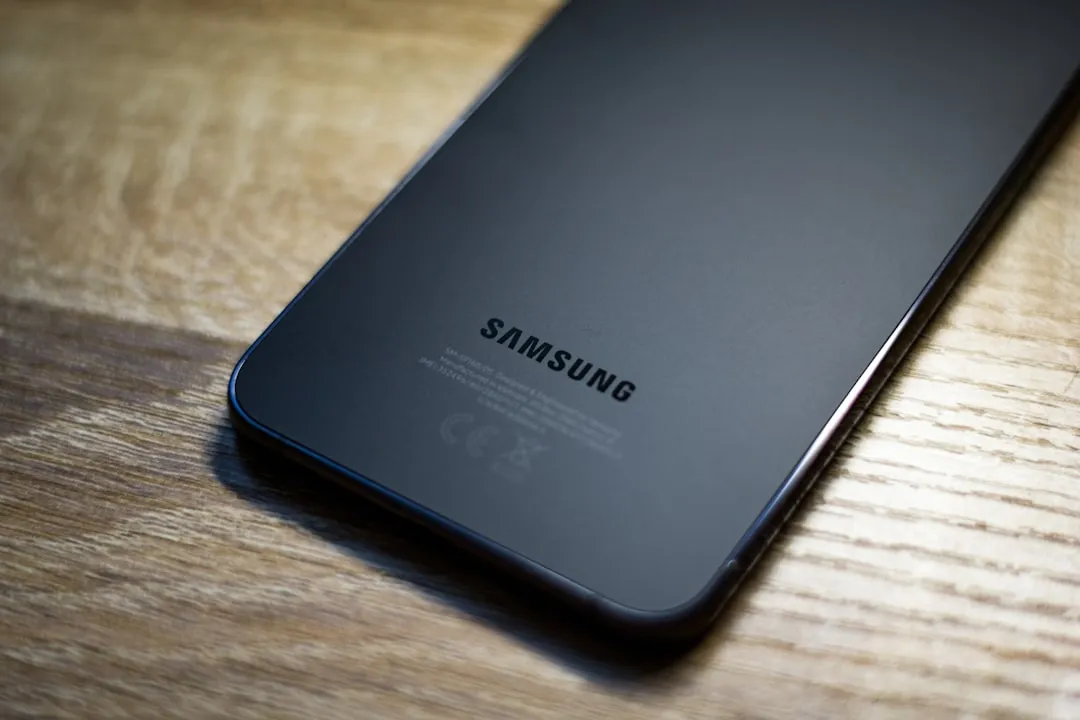
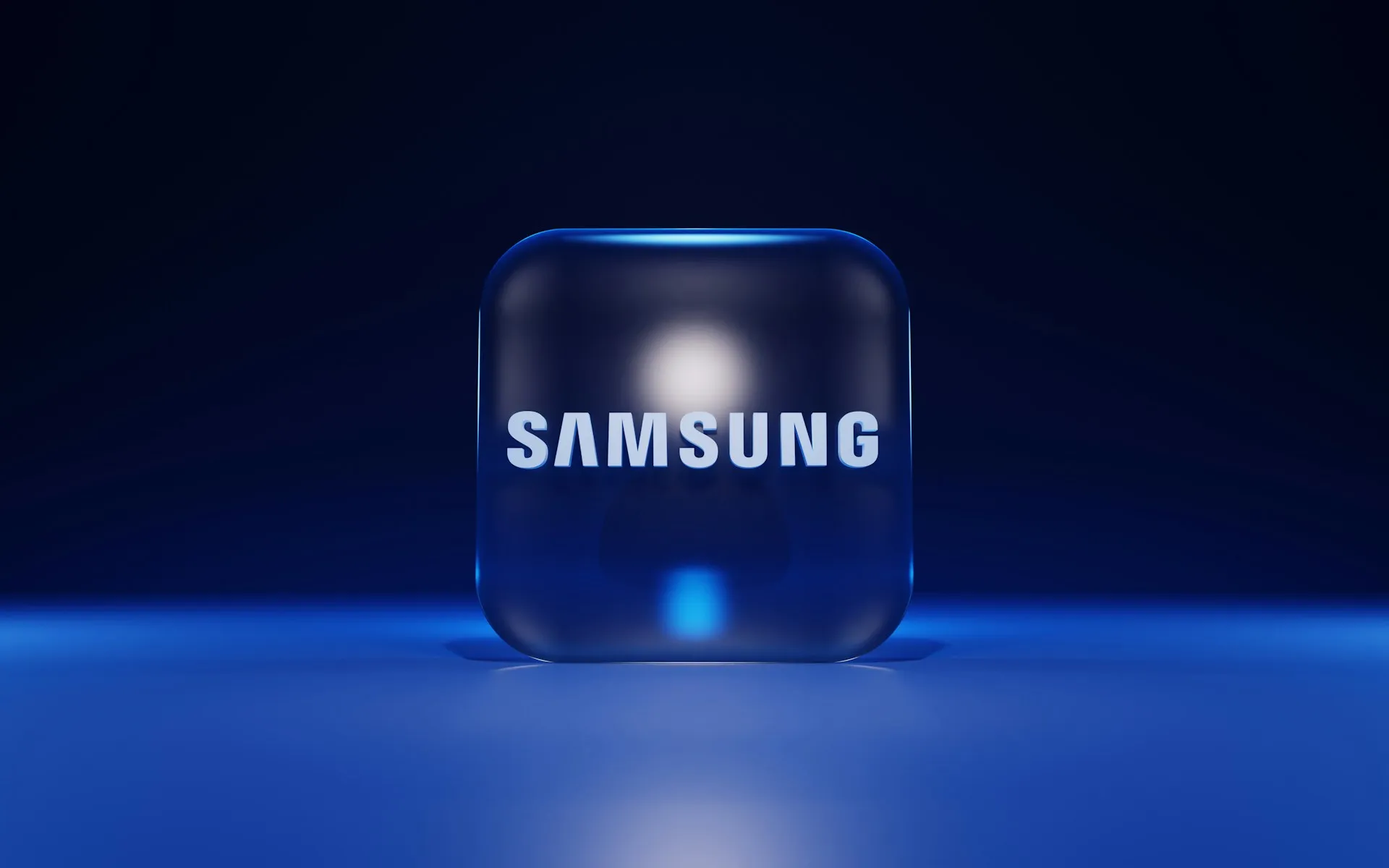

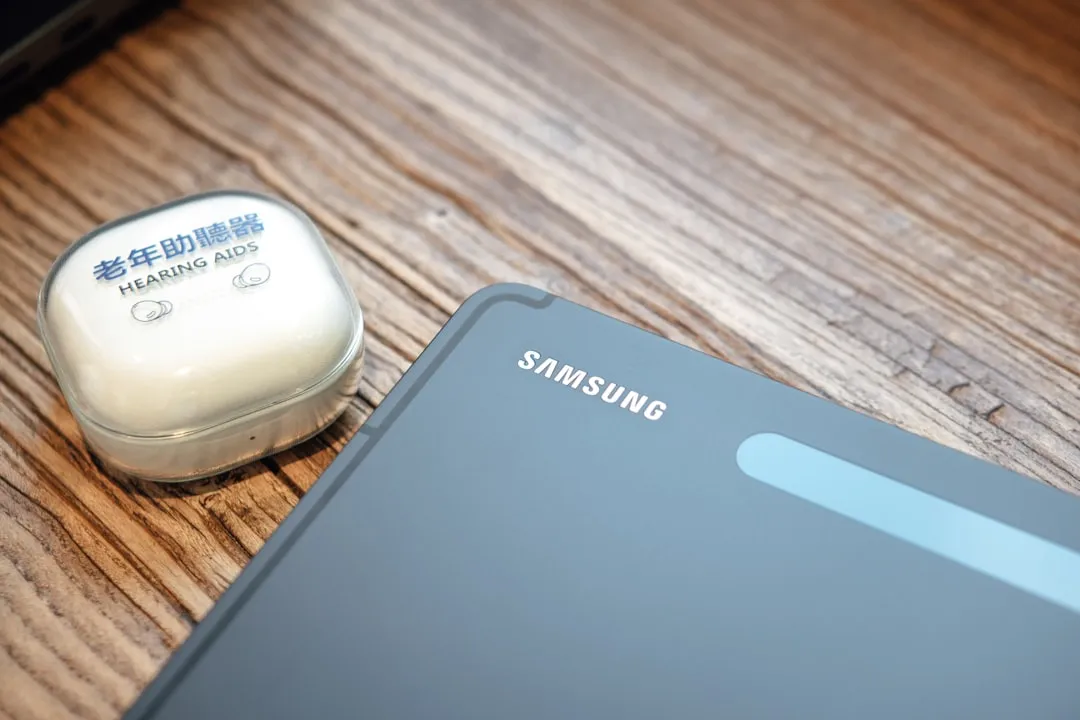
Comments
Be the first, drop a comment!